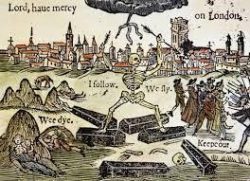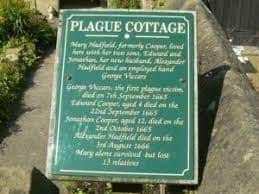Between 1665 and 1666, almost a quarter of the population of London was killed off – the reason for this? The black death, or bubonic plague. It is at times like this as we are in the grip of a pandemic that we can look back to the past to learn lessons and also take some comfort. Diseases are not a new thing to humans, and we have faced many over the course of human history.
The black death was one of the most famous pandemics in history, as it spread around the world wreaking havoc and killing people in their thousands – the King fled the city of London as the death rate climbed to over 1000 people per day.

It is easy to see how London was particularly hard hit – the 17th Century was not a time of cleanliness. The streets were full of rats and there were certainly no health guidance’s for the workplace or people like this First Aid at Work Tewkesbury based company https://tidaltrainingdirect.co.uk/training-courses/first-aid-at-work/first-aid-at-work-tewkesbury/ on hand to help with workplace illness and accidents.

The bubonic plague was not only highly contagious, but in a city where hygiene levels were well below what we are used to today, it is little wonder that it raged throughout the city. It was so contagious that it could be spread via things like cloth – something that the residents of the village of Eyam in the Peak District discovered, as they went into quarantine, much as we did last year to prevent further spread of this deadly disease to neighbouring villages.

